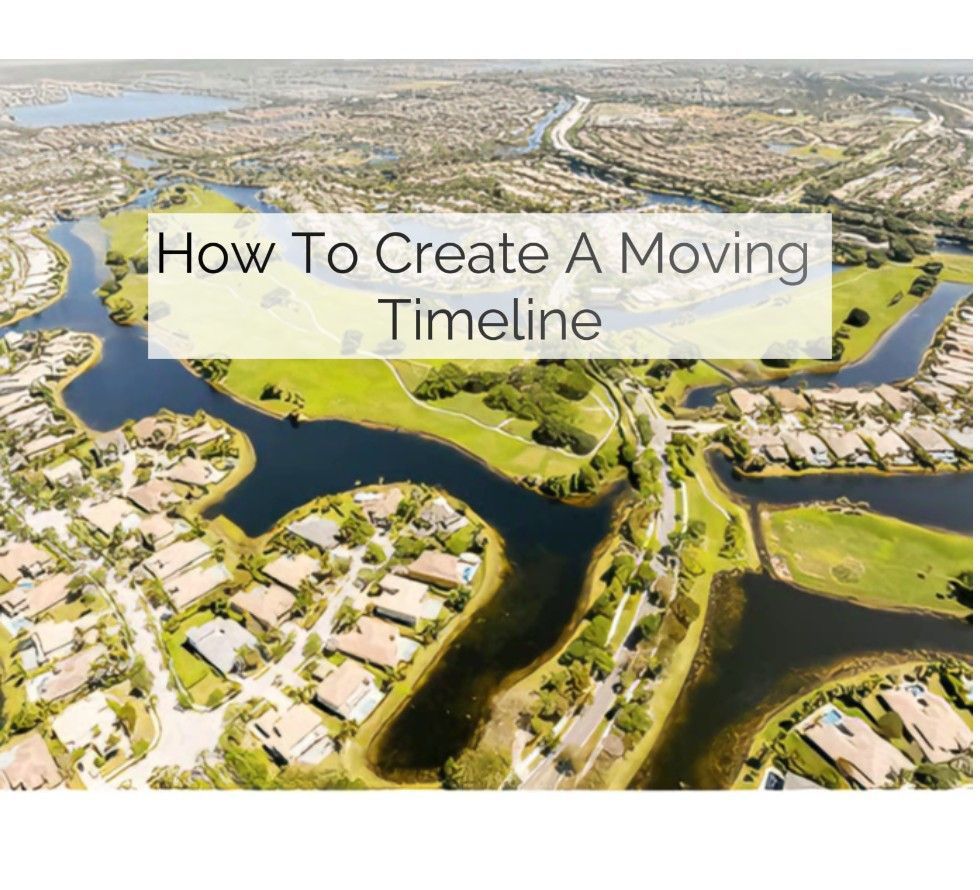Is there a better place to make your dreams come true in summer than Florida? It is located in the southeast of the country, in the perfect location between the Atlantic Ocean and the Mexican Gulf.
The only land border is in the north, where Alabama and Georgia are. It is the proud owner of endless sandy beaches and turquoise sea. Twenty-two million residents decided to live in Florida.
Based on living costs and our first-hand experience and opinions, the 5 best cities to live in Florida are:
Tampa
This modern and beautiful city is constantly on the rise. It is located on the north shore of Tampa Bay, at the mouth of the Hillsborough River, on the west coast of Florida. The urban area has about 400,000 inhabitants, but with the surrounding suburbs, there are almost 2,800,000.
Tampa is perhaps the most expensive to live in Florida. Although the basic food, clothing, and grocery costs are not higher than the American average, the final sum is still higher.
To live comfortably in Tampa, a single adult must have a monthly income of around $1500 without rent. For a family of four, approximately $5000 without rent, is necessary.
Without an annual income of about $100,000, one cannot live comfortably in Tampa.
Housing is 5% higher than the national average. The price depends on the location.
- Apartment (one bedroom) in City Center is around $2,000.
- Apartment (one bedroom) Outside of the Center is around $1,600
- Apartment (3 bedrooms) in City Center is around $3,600
- Apartment (3 bedrooms) Outside of the City center is around $2,600
The price of the house has a wide range, depending on the location, whether it has a pool, how many bedrooms, a large yard, and whether it is, and how it is furnished. Prices start at $2,500 per month and go up.
Taxes in Tampa are 7.5%. This is the total tax and includes State, County, and City taxes. Florida has no personal income tax.
Like any big city, Tampa is prone to various types of crime. But it still counts as a safe place to live. Some parts of the city carry a greater risk, but in general, the city is rated as safe, and the police presence is visible and effective.
Tampa has excellently ranked schools, and high healthcare levels, and is home to several large companies. That is why it is one of the most desirable places to live in Florida.
St. Peterburg
This is another charming city between Tampa Bay and the Mexican Gulf. With 250 sunny days a year, it is a true representative of Florida and its nickname, “Sunshine State.” It attracts both residents and tourists. It has close to 260,000 inhabitants.
It is considered a very favorable city to live in. Some prices are even lower than the national average. This includes transportation and housing, which are important expenditure items.
There is a special category of residents called ‘snowbirds’ who come to spend the winter in this beautiful city. St. Petersburg is maybe the best city to live in Florida.
Most residents own their own houses. The average price for buying a house is about $290,000, and the monthly rent is about $1,500.
The offer of apartments, houses, and condos is huge and will satisfy everyone’s needs and wishes.
Also, many young professionals and retirees have found their place here.
There are several well-known and well-rated schools: Tarpon Springs Elementary, St. Petersburg High School, Osceola Fundamental High School, and St. Petersburg Collegiate High School.
Suffice it to say, here are HCA Florida St. Petersburg Hospital and Johns Hopkins All Children’s Hospital so that it is clear to you that you are dealing with a serious city. Of course, this is not all that concerns hospitals and clinics; there are many more.
The culture and art scene are unique, full of incredibly colorful painted walls and buildings. It seems that no place is not decorated. Various motifs, colors, and messages on large-scale murals beautify the city and make it unique.
Art galleries and museums also offer an exceptional offer. The Dalli Museum, Museum of Fine Arts, Museum of Arts&Crafts, Imagine Museum, Marlene Rose Gallery, and The Factory are just some of the many.
It should be noted that the beaches are accessible from all parts of the city, that the sand is sparkling white, and the sea is shallow, warm, and of amazing shades.
Miami
How can you talk about where to live in Florida and not mention Miami? It is the second-largest city in Florida. It has about 400,000 inhabitants, and the wider area with all districts has about 6,000,000. The population is very mixed, and because of the large number of Latin Americans, Miami is a major center for Spanish-language media.
The climate is warm and mild, the beaches are long, and the sea is warm. But Miami is also one of the main financial, commercial, cultural, and artistic centers.
Considering that this is a big city that offers absolutely everything, the prices follow that image. Renting houses and apartments is even 51% more expensive than the American average. In general, costs in Miami are about 19% higher than in other cities.
70% of the houses are rented, and the average purchase price is around $433,000. Renting apartments is about $2,000.
Art Deco architecture of the early 20th century made houses a historic landmark, but modern architecture is also present. Miami skyscrapers are third in the USA in terms of height.
Both metro and buses are used here, as well as a specific “people mover,” mini-railway traffic. The public transport network is extremely well organized, and the Easy Card payment card guarantees many discounts and benefits.
Miami offers various jobs, including tourism, services, fitness, health, sports, banking, and IT. Miami is also a medical and biotech center in the country.
Top hotels, restaurants, bars, tourist attractions, sports events, and beach activities all provide employment opportunities.
The huge flow of tourists from all over the world makes this area relatively risky. Although the police are highly trained, present, and quick in their reactions, caution is still required. Criminal activities of all kinds cannot be ruled out, but they are not in an alarming number.
65% of residents declared that they feel very safe in Miami.
The offer is incredible in the entertainment and art segment as well. Miami is never the same or boring. Choose between the Miami Open tennis tournament, Carnival Miami, Art Basel, and the South Beach Wine & Food Festival.
There is also a complete offer of activities on the beach, including sports competitions, music events, and classic swimming and sunbathing.
If you are in a dilemma, remember that Miami has about 800 parks, that it snowed only once, and that here is the largest collection of Art Deco architecture.
Naples
Naples, a small town of only 20,000 inhabitants, is peaceful and quiet, ideal for retirees. Beaches, palm trees, and sea — that’s a short description of Naples.
It is located in the southwest of Florida, on the edge of the Everglades, in the Gulf of Mexico. His surroundings seem unreal. The town itself is idyllic in its elegant and sophisticated beauty. Many millionaires enjoy this atmosphere of relaxation and luxury.
The cost of living here is high, but STILL rising. Transportation, housing, and food are more expensive than in many cities in the USA. Florida has no income tax and no pension tax.
The average house costs from $1.1 million to $1.5 million, depending on the location and the house itself. However, there are also those for half a million and those for ten million.
Apartments can be rented for $1,900-$4,000, depending on bedrooms and other amenities.
There is a good bus network, and many residents have one or two cars. Discounts are available for many categories of residents for the permanent use of the bus.
Going to the doctor is quite expensive for people without insurance or with low insurance. This applies both to the dentist and to various recordings.
Child care is a big expense, especially with private nannies. A daycare center is also very expensive, depending on the child’s age.
Here the criminal is negligible. It comes down to petty theft. It is one of the safest cities.
The population is older and conservative, with established rules of behavior. Naples is not for younger people who need to go out, clubbing, or listen to loud music. It is a place for privacy, family lunches and dinners in classy restaurants, and enjoying nature and its beauty.
Orlando
Orlando has the unusual nickname “The Theme Park Capital Of The World.” It has approximately 307,000 inhabitants but annually attracts 55,000,000 tourists.
Orlando is one of the world’s major centers of tourism and entertainment; therefore, it is also expensive. A family of four must have a minimum of $4,000 per month without rent. Food, transportation, utilities, clothing, and childcare are all more expensive than the average.
To become the owner of an apartment, you need about $3,000 per square meter, for an apartment in the center.
Orlando has many Elementary, High, and Middle Schools and 25 Colleges.
Crime and Safety
Wherever there is a gathering center with such many people, it is clear that the area is attractive for crime. From classic robbery and tourist scams to car theft, apartment break-ins, and the most serious crimes, everything can be found on the Orlando police’s list.
But you don’t have to be afraid. On the contrary! With elementary caution and movement in safe zones, there is no need to worry. The police are aware of their responsibility and are up to the task.
Conclusion
So, if you’re in the mood for sunny days, endless beaches, a summer wardrobe, and a sea view from the office, Florida is a place you could call home. Choose one of the best towns to live in Florida and let our movers make your move smooth, fast, and easy.


